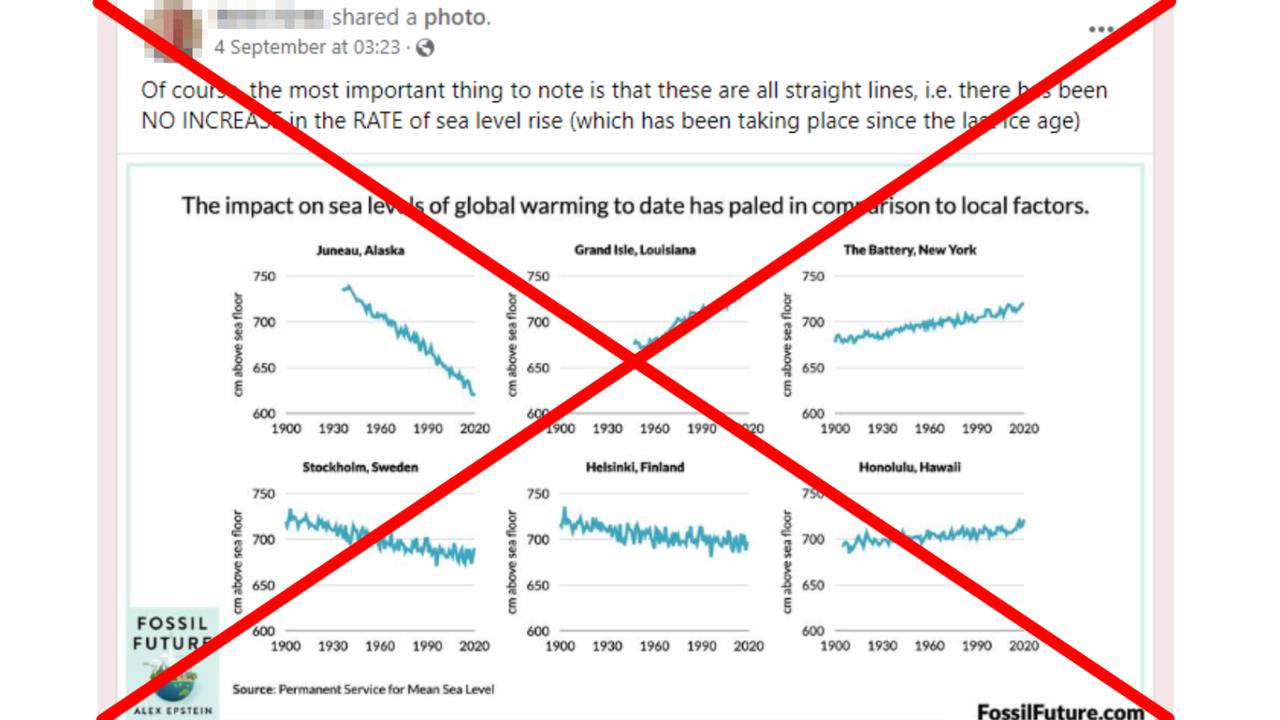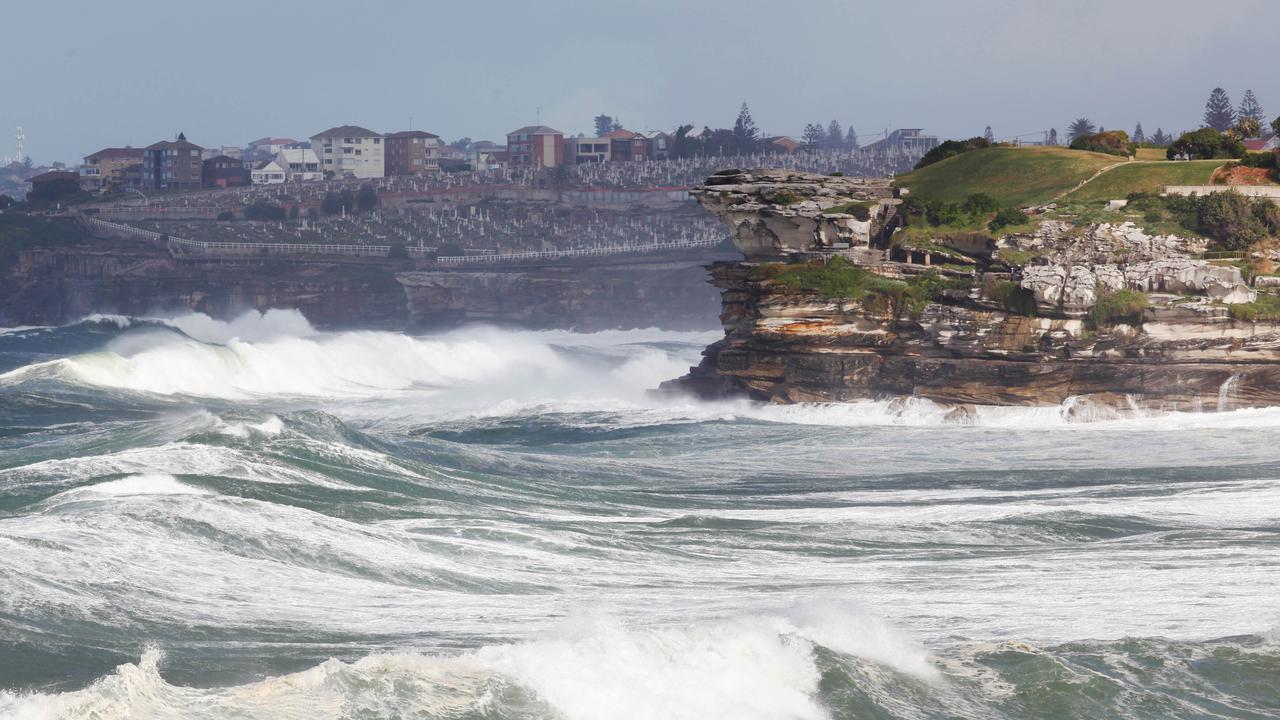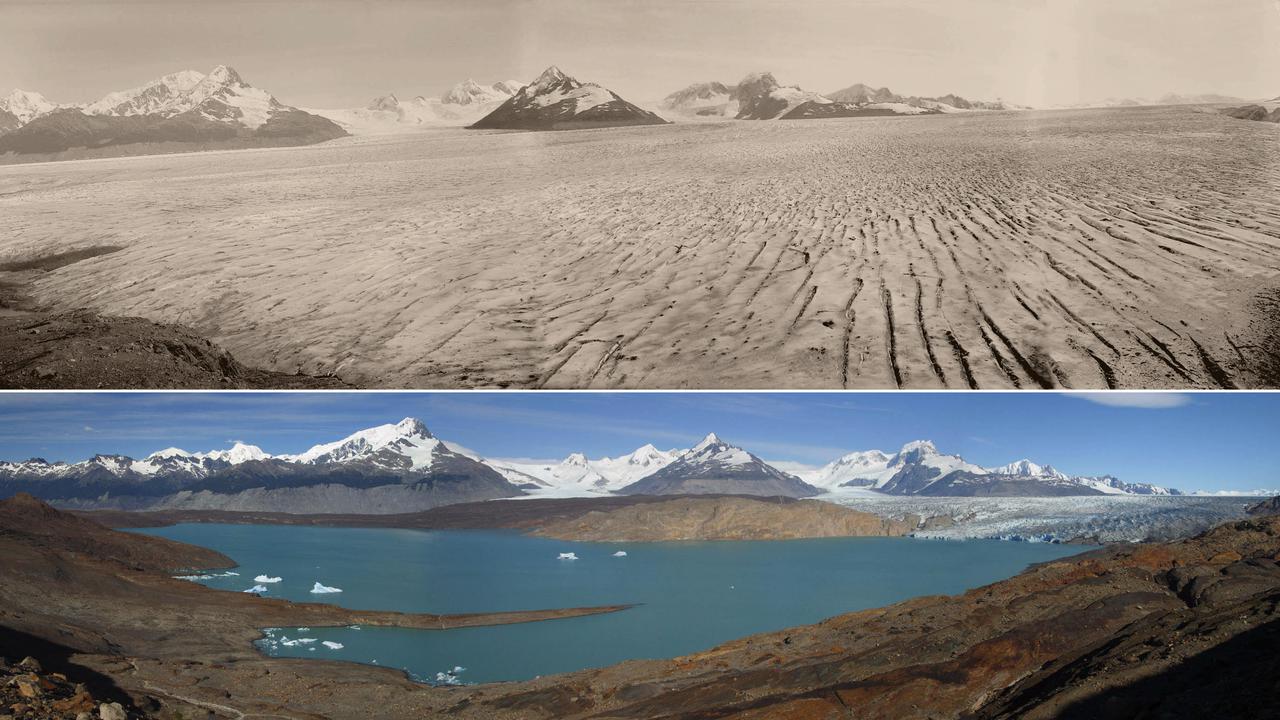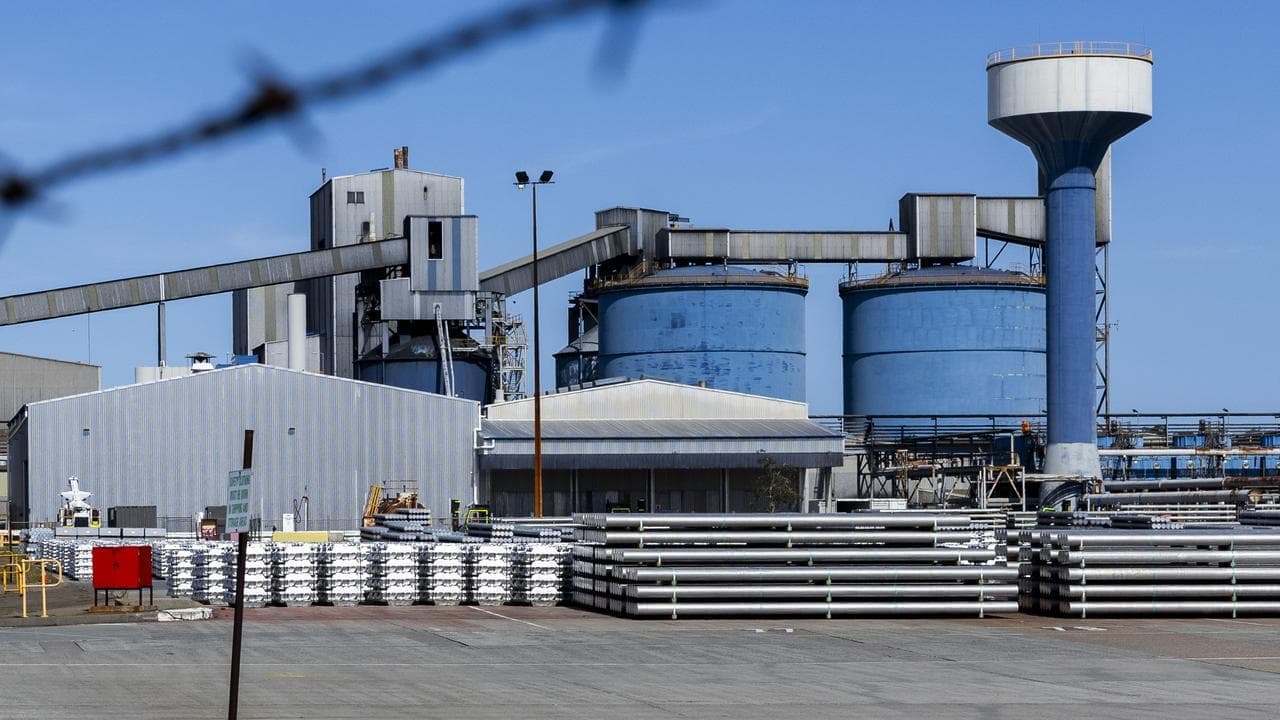WHAT WAS CLAIMED
There has been no increase in the rate of sea level rise.
OUR VERDICT
False. Sea levels have risen more than 20cm since 1880 and the rate is accelerating.
A Facebook user has used historical tidal data as supposed proof there has been no acceleration in the rate sea levels are rising.
The claim is false. It uses six cherry-picked locations to misleadingly draw a broader conclusion about global sea levels. Experts say on a global scale, the pace of sea level rise has been increasing.
The post (archived here) was shared to a Facebook climate change denial group on September 4.
Text on the post reads: "...there has been NO INCREASE in the RATE of sea level rise (which has been taking place since the last ice age)."

The post includes six graphs based on data taken from the Permanent Service for Mean Sea Level (PSMSL), a UK-funded research organisation that collects and analyses long-term data from a global collection of tide gauges.
The graphs - originally posted by US-based fossil fuel advocate Alex Epstein - show sea level changes since 1900 at six locations: Juneau in Alaska, Grand Isle in Louisiana, Honolulu in Hawaii, New York, Stockholm and Helsinki.
The post's claim is based on the graphs being "all straight lines" and appearing to show no sudden increases in water levels over time.
But Sönke Dangendorf, an assistant professor and coastal-engineering expert at Tulane University, says the claim is "a classic combination of disinformation and cherry-picking" and "simply wrong".
Dr Dangendorf told AAP FactCheck the research data clearly shows global sea levels are rising at an increased rate, but local sea level changes are more variable.
"We distinguish between global and regional sea level. Global sea level is driven by thermal expansion of the oceans (in response to ocean warming, i.e. the ocean needs more space) and added mass (e.g. due to melting glaciers and icesheets)," he said in an email.
"Regional sea level is influenced by several additional processes that redistribute water within the ocean (e.g. from one side to the other) but have no influence on the global mean.
"Thus, an acceleration is much harder to detect in local records than in the global mean (which has much less variance)."
Dr Dangendorf said global mean sea level was mostly stable over the past 3000 years, before accelerating at the end of the 19th century.

Emeritus Professor John Church, an oceanography expert at UNSW Sydney, also said the variability of local data obscured the broader global trend.
"Tide gauge records have lots of variability, like individual temperature records," Prof Church told AAP FactCheck in an email.
"This variability masks any acceleration."
Prof Church said "satellite altimeter" data, which he described as "by far the best measure we have of global mean sea level", clearly showed the rate sea levels were rising had increased in recent decades.
William Sweet, an oceanographer at the US National Oceanic and Atmospheric Administration (NOAA), also told AAP FactCheck sea level rise was accelerating.
"At global, regional and an increasingly higher number of localities, sea level observations are reporting an acceleration over about the last 50 years," he said in an email.
NOAA has found the global sea level has risen between 21 and 24 centimetres since 1880.
"The rate of global sea level rise is accelerating: it has more than doubled from 0.06 inches (1.4 millimetres) per year throughout most of the twentieth century to 0.14 inches (3.6 millimetres) per year from 2006–2015," NOAA says on its website.
The Intergovernmental Panel on Climate Change (IPCC) also found global sea level was rising.
In chapter nine of its 2021 report, the IPCC stated the global mean sea level increased 3.7mm per year between 2006 and 2018 compared to an average of 2.3mm per year between 1971 and 2018 (page 1216).

Prof Church said the two largest contributors to sea level rise since 1900 were ocean thermal expansion and melting glaciers.
"It is important to note that over 90% of the increase in heat content in the Earth's climate system is stored in the ocean, implying ocean thermal expansion (and hence sea-level rise) is a primary indicator of climate change," he said.
PSMSL additionally told AAP FactCheck in an email the graphs used in the Facebook post are mislabelled.
While they purport to show sea levels measured as "cm above sea floor", the PSMSL data used for the graphs instead measure sea levels relative to a base of 7000mm (70 metres) below mean sea level.
Relative sea level refers to how the height of the ocean rises or falls relative to land. In contrast, absolute sea level change refers to the height of the ocean surface above the centre of the earth, without regard to whether nearby land is rising or falling.
Dr Dangendorf said some of the localities used in the claim were subject to particular land level changes, which meant they could not be used to draw broader conclusions about global sea level trends.
For example, he says Juneau, Stockholm and Helsinki are located in areas of strong land uplift, while Grand Isle in the Mississippi Delta is affected by subsidence.

Benjamin Hamlington, a research scientist in NASA's sea level and ice group, also says the locations for the graphs appear to have been cherry-picked.
"Since tide gauges are located on land, they actually measure the height of the ocean relative to land ... If you pick gauges around Alaska or Scandinavia, you can get falling rates of past sea level because of local vertical land motion. But, in the vast majority of locations, sea level is increasing and we know why based on the observations we have," Dr Hamlington told AAP FactCheck in an email.
"Globally, we've measured an acceleration in sea level rise with both tide gauges and satellites. Locally, there are indications of an acceleration at many tide gauges, but there are greater contributions from natural ocean variability that can make it more challenging to estimate the acceleration.
"Either way, at this point, we understand the processes that are driving sea-level change across the globe. Due to global warming and based on this understanding, we project an acceleration in the rate of sea-level rise across the globe."
AAP FactCheck has previously debunked claims about rising sea levels here and here.
The Verdict
The claim there has been no increase in the rate of rising sea levels is false. Experts confirmed to AAP FactCheck sea levels have risen in recent decades and the pace has accelerated due to global warming.
They say the claim uses mislabelled data from a small selection of tide gauges in the northern hemisphere to wrongly make a broader point about overall sea level rise.
False - The claim is inaccurate.
AAP FactCheck is an accredited member of the International Fact-Checking Network. To keep up with our latest fact checks, follow us on Facebook, Twitter and Instagram.












